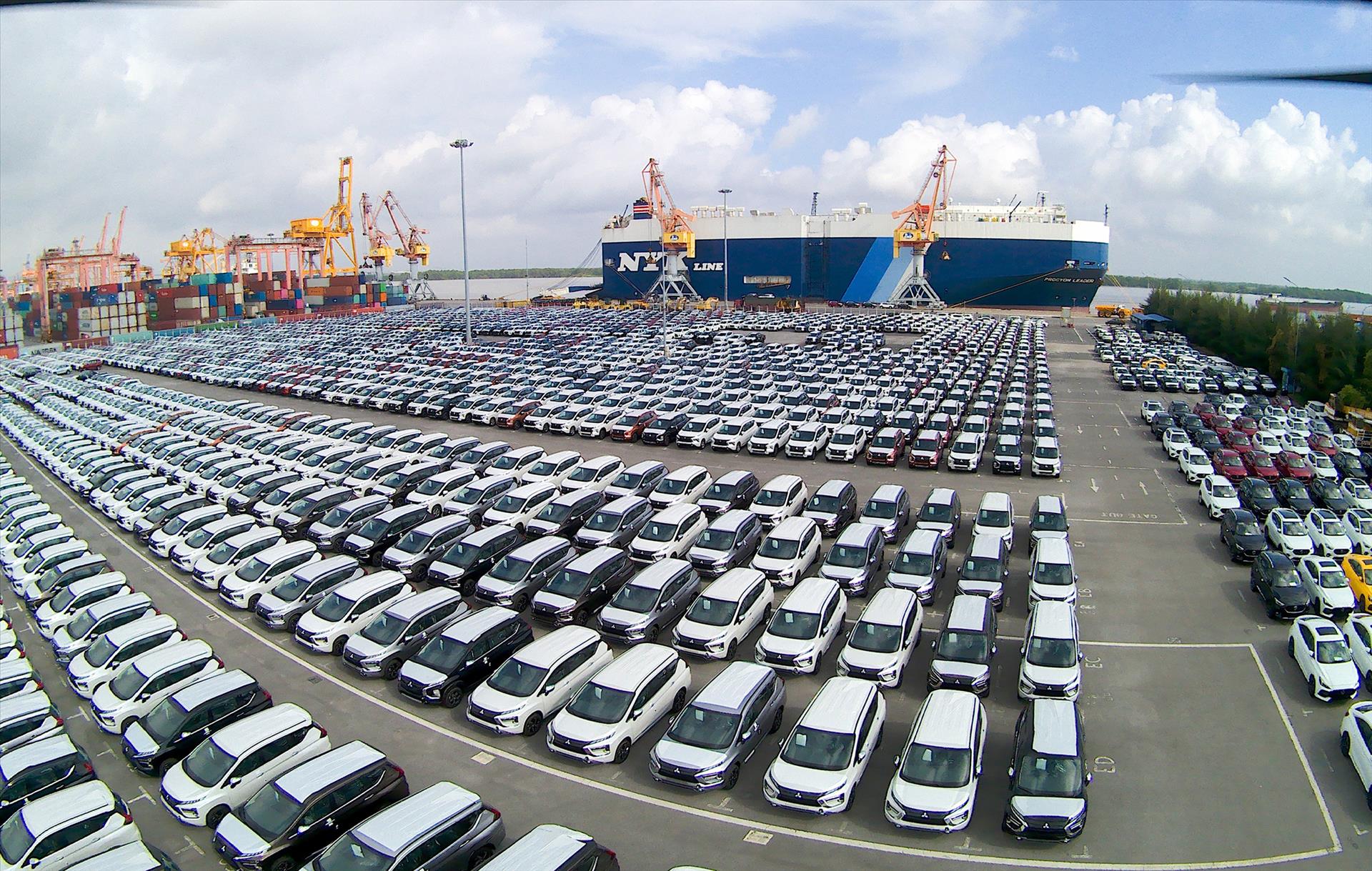Promoting the Logistics Industry’s Growth in Southeast Asia
The east sea is an essential component of the direct maritime route that links the Indian and Pacific Oceans, and as such, it plays a vital role in the maritime trade of ASEAN and the world. To capitalize on its advantages and promote the growth of the logistics industry, southeast Asian countries are making significant efforts to develop their seaport systems and road transport.
Ranked first among 155 countries in the logistics sector by the World Bank, along with its strategic position in Southeast Asia, Singapore is currently a global hub for trade, transactions, and freight transport. The sector of maritime and logistics services contributes to 34% of the value of the service sector, and approximately 20% to the Singaporean economy.
When fully completed in 2040, Singapore’s Tuas Port will have a handling capacity of 65 million TEUs, surpassing the combined capacity of the existing five container terminals, which is 50 million TEUs.
According to industry reports, Indonesia has the largest and fastest growing internet economy in Southeast Asia. It is expected to account for 50% of all e-commerce transactions in Southeast Asia by 2025. Due to the sudden surge in e-commerce, there is a demand for the delivery of products, which is directly propelling the growth of logistic services.
The Indonesian government has planned to build a National Logistics Ecosystem (NLE) with 14 seaports and airports to support and promote the logistics and distribution industry in the country.
Vietnam is also a pioneering country in the region for planning a comprehensive coastal system to serve maritime trade. The Vietnam Maritime Administration stated that there are currently 286 ports in the country, with a total port length of over 96km and a total capacity of about 700 million tons per year. Compared to the maritime transport scale of other Southeast Asian countries, Vietnam ranks only behind Malaysia and Singapore.
The Vietnamese government has identified logistics as an important service industry in the overall structure of the national economy and is committed to promoting the transition to green energy and developing an environmentally friendly logistics sector that is aligned with Vietnam's energy-efficient and effective commitments at COP 26 (the 26th UN Climate Change Conference of the Parties).
Thomas Tieber, CEO for DHL Global Forwarding in charge of ASEAN and South Asia, said: “Road logistics is seeing a greener future, powered by technology to become more efficient and secure, and being more sustainable with carbon efficient fuels. Together, these factors are transforming the road freight sector and creating ever more attractive and sustainable logistics solution”.
Railway sectors in ASEAN countries are actively working to create logistics chains that take advantage of resources such as seaports and dry ports. A key focus is increasing the share of railway transport within the logistics chain. It is expected that the ASEAN road transport market will grow at a compounded annual growth rate (CAGR) of over 8% between 2020 and 2025.
However, ASEAN members are still in different stages of developing their logistics systems. This is the reason for the establishment of the ASEAN Smart Logistics Network (ASLN), which aims to promote connectivity and integration of logistics within the ASEAN bloc.
Specifically, two projects have been started, including the Vinh Phuc Inland Container Depot (ICD) Logistics Center (a mega port between Singapore and Vietnam) and the Phnom Penh Logistics Complex in Cambodia.
In addition, the China-Laos railway line that has been put into operation has become a driving force to promote regional connectivity and economic cooperation. This is seen as a result of the cooperation between China and ASEAN to promote the high-quality Belt and Road Initiative (BRI).
Economic and trade connectivity is an important priority for ASEAN member countries in Southeast Asia. The development of domestic and international transportation and trade has created an "economy of scale" effect in the region. Promoting the development of the logistics industry will contribute to making the Southeast Asian economy more prosperous.
Story: VNP Photos: VNA Translated by Hong Hanh






